Yemen HEST January 2019
The David Nott Foundation ran two HEST courses in Aden, Yemen in January 2019 with the support of Médecins Sans Frontières.

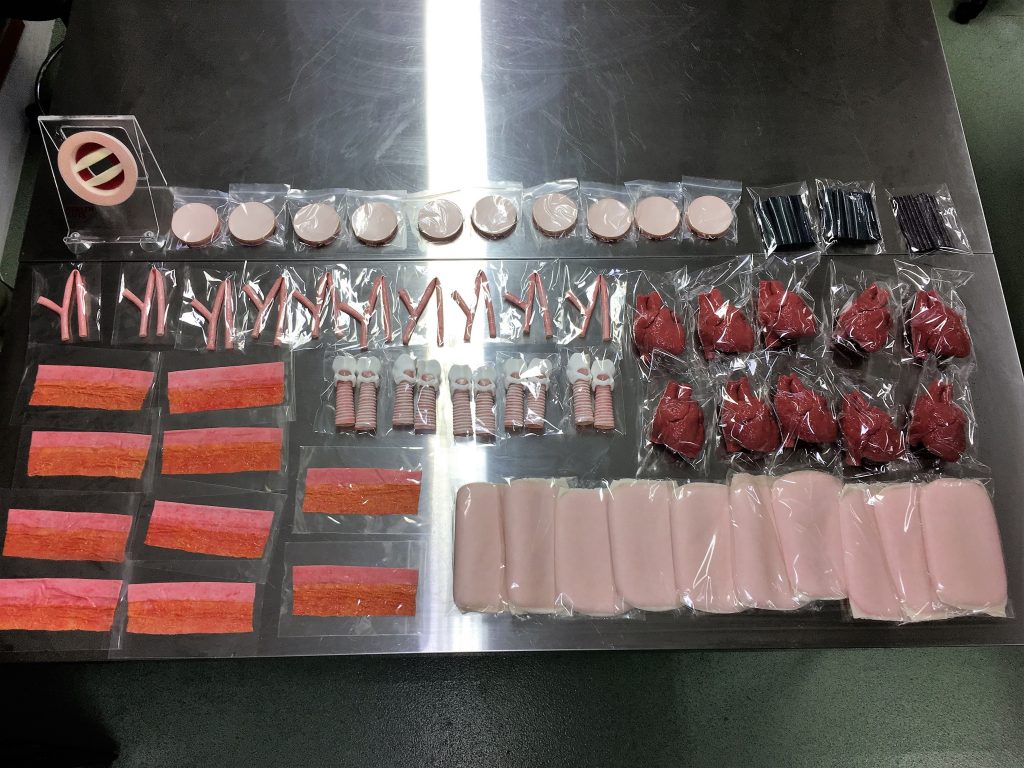
These two HEST courses were the first occasion that the Foundation’s whole body simulator was employed for training and supporting it was a suite of individual models of organs, blood vessels and key anatomies with which the students could train. For the obstetrics modules, the Faculty used its commercially-sourced obstetrics simulator enabling each surgeon to practise multiple Caesarean section deliveries as well as neonatal resuscitation.
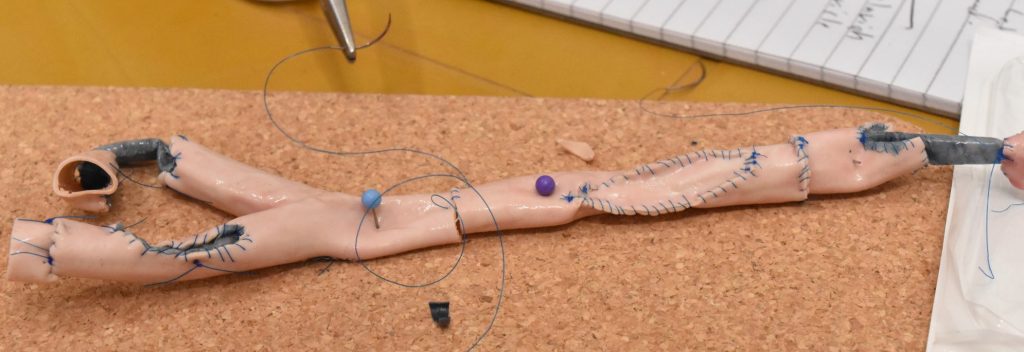
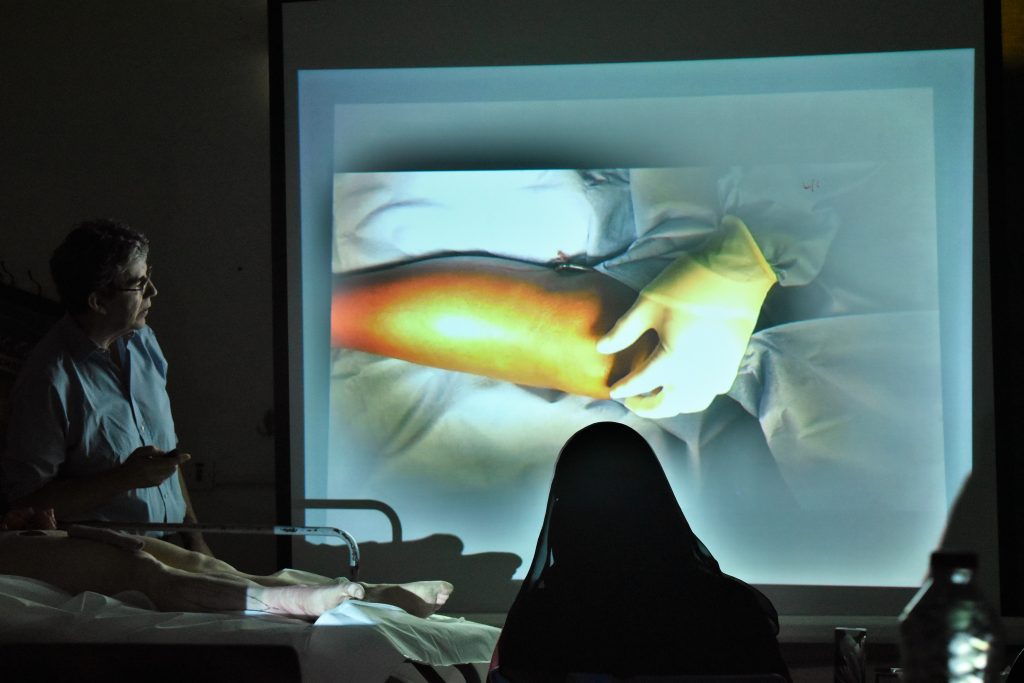
Training
Covering 2-5 hours each, the courses were taken through:
- Ballistics – the effects of low velocity bullets and high velocity bullets and the four stages of a blast injury on the human body
- Primary and secondary survey
- Damage control
- Cardio-thoracic trauma – thoracotomies; lung twist and tractotomy; effects of a cardiac tamponade; pericardial sac opening; heart suturing
- Vascular surgery – ligating, shunting, patching and grafting vessels; fasciotomies; proximal and distal control
- Head and neck trauma – removal of extracranial haematoma; burr holes and craniotomies for extradural haematoma; fragment removal with depressed skull fractures; treatment of mandibular and Le Fort fractures; jaw and maxilla wiring
- Principles of paediatric surgery – differences in physiology; burns; common injuries and diseases; cultural considerations
- Abdominal trauma – laparotomies; control of bleeding; pelvic injuries and bracing; splenectomy; Cattel-Braasch manoeuvre; Whipple procedure; bowel anastomoses; ileostomy and colostomy; closure of abdomen
- Orthopaedic surgery – stabilisation by plaster of Paris; traction; external fixation; management of difficult fracture, non-union and infection; osteomyelitis; amputations
- Plastic surgery – burns; debridement and reconstruction; skin grafts; tissue flaps
- Trauma in obstetrics and gynaecology – vaginal deliveries; Caesarean sections; hysterectomies; post-partum haemorrhage with compression techniques and tamponade; perineal trauma; retained products; ectopic pregnancy; neonatal resuscitation
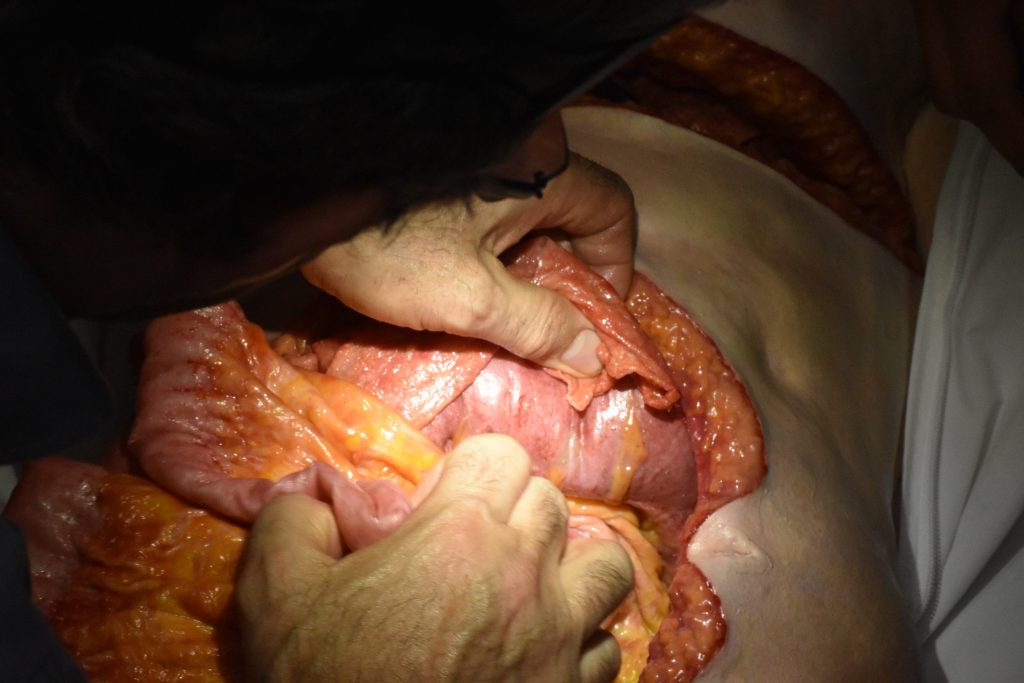
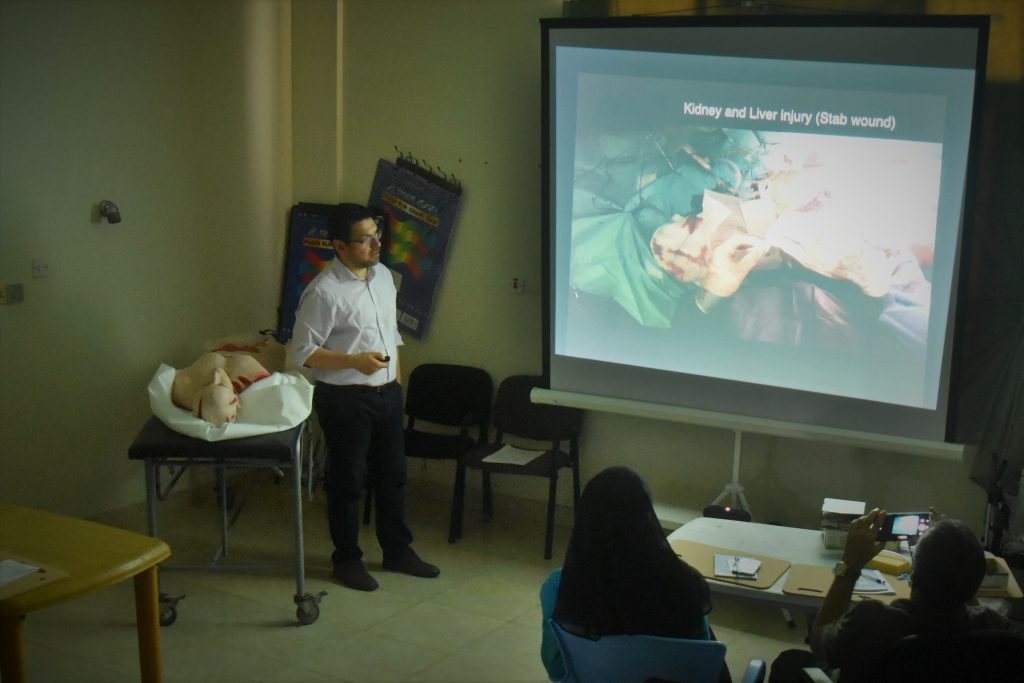

Students
The Faculty trained 52 students over the two courses. 20 surgeons and doctors from across the country came for the first week and demonstrated a high level of experience and skill, and engaged well with all the training, even putting some of it into use the same day once they returned to theatre. By the time the second course started the work had spread and many more than expected turned up to start, with some having to be turned away to keep the numbers manageable.
Particularly interesting was the attendance of five surgeons who had previously attended a HEST course delivered by David and team in Aden in 2016. Among those was a highly respected female surgeon; the only in Aden and possibly the only in Yemen, who had only recently qualified. In the three years since she had come to be regarded as a one of the best there and consistently impressed the Faculty. Such was her appetite to learn that she even sat in on some of the sessions in the second week to make sure it was all sinking in.
Conclusion
There is no doubt in our minds as to the value of the courses in Yemen and the evidence of and potential for making a very real difference to the surgical outcomes for patients not only treated by the surgeons we taught, but also those to whom the training, techniques and procedures can be cascaded.
The impact that the models have made is exceptional; they have transformed the course and are now invaluable training aids for almost all components of the syllabus. Both the surgeons that have trained with the models, and the David Nott Foundation faculty that have used it in their teaching, have been emphatically enthusiastic in their feedback about the value it brings to the training. Both the surgeons that have trained with the models, and the David Nott Foundation faculty that have used it in their teaching, have been emphatically enthusiastic in their feedback about the value it brings to the training.
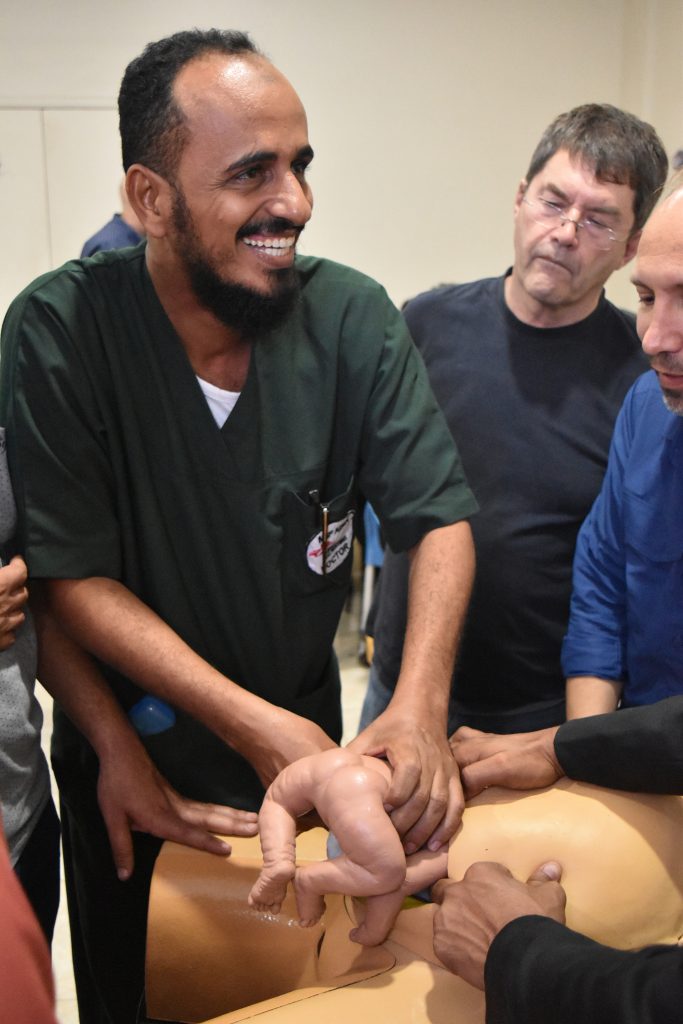
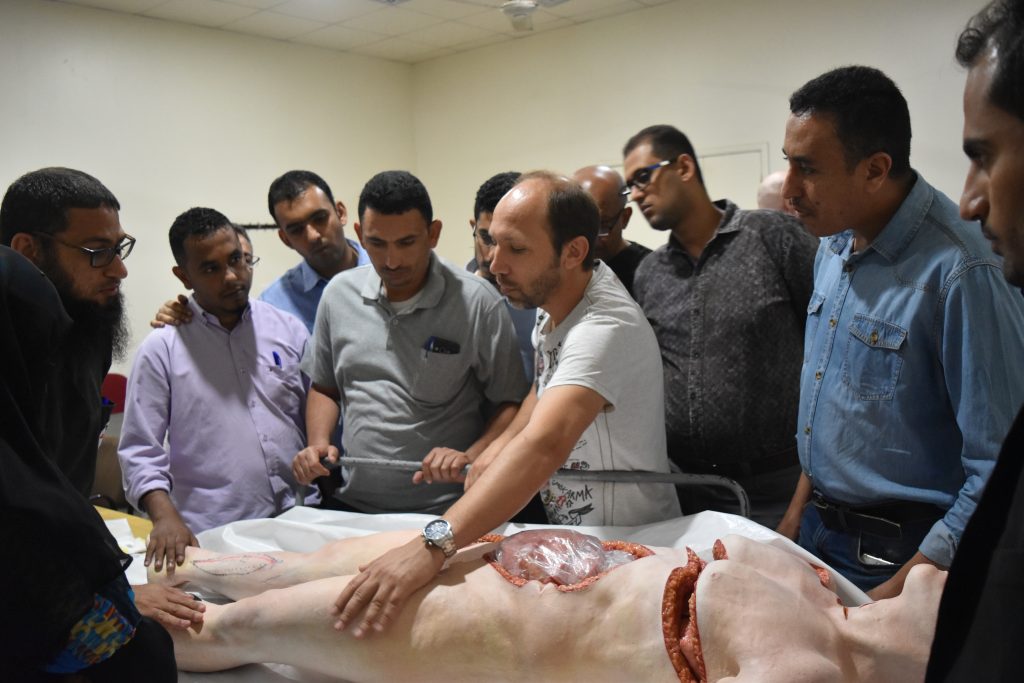
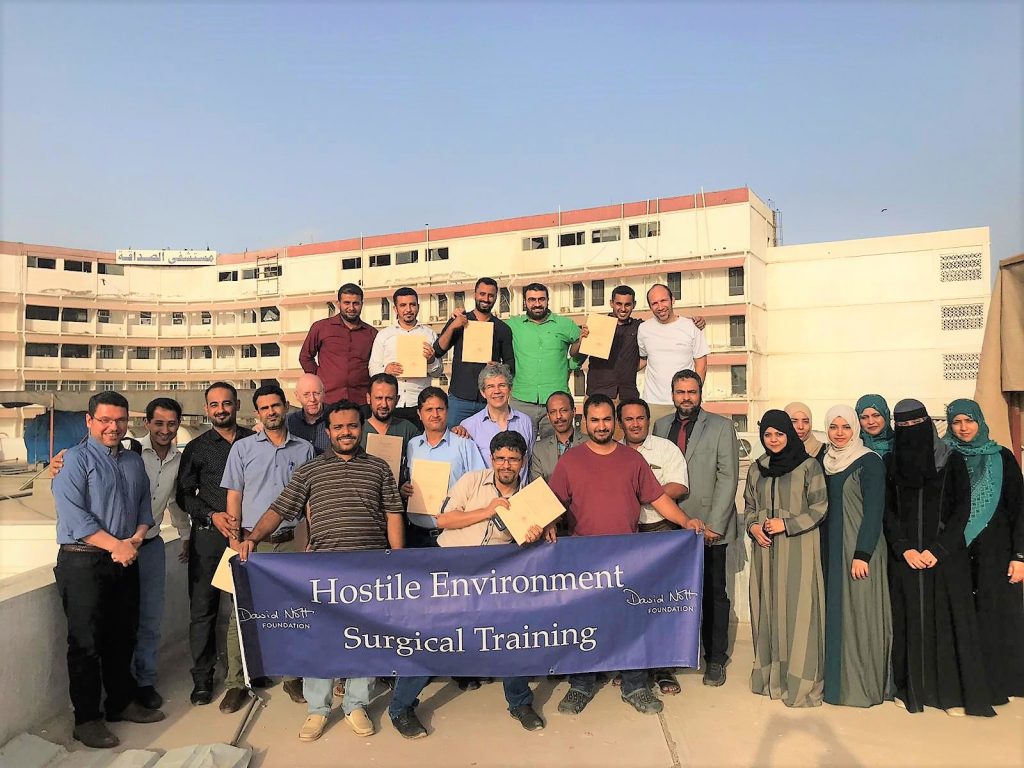
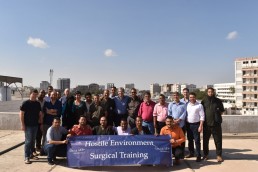
Excellent.Keep up DNF.
Thanks for your kind words